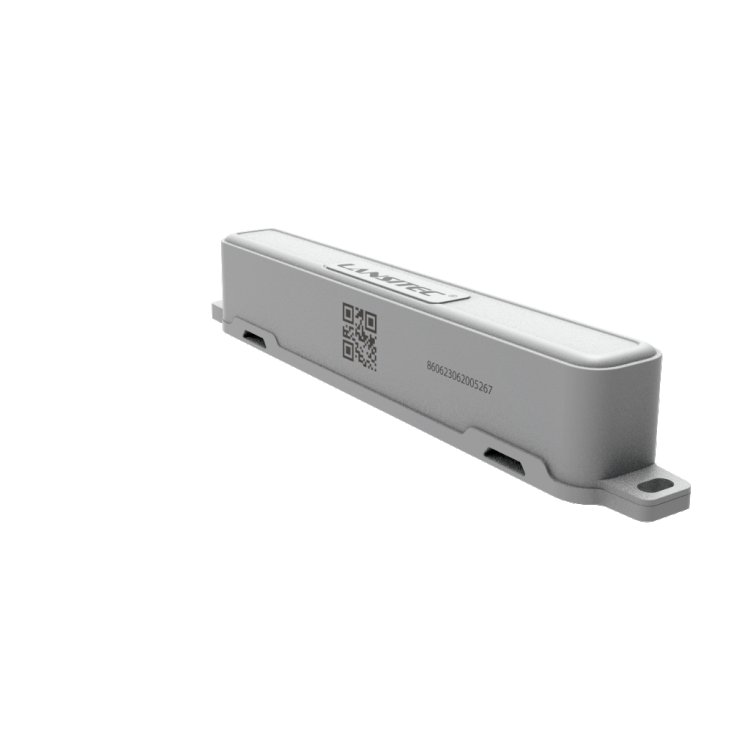The Best Bluetooth Asset Tracking
Bluetooth asset tracker is a small device equipped with Bluetooth technology designed to help individuals and businesses track and locate valuable items, possessions, or assets. These trackers work by pairing with a smartphone or a dedicated tracking app to provide real-time location information and other functionalities to monitor and safeguard belongings.
Share this Post to earn Money ( Upto ₹100 per 1000 Views )

Introduction:
Bluetooth Asset Tracking has become an essential aspect of modern business operations, allowing organizations to optimize their processes and reduce the risk of asset loss or theft. Traditional asset management techniques are gradually being replaced by advanced technologies like Bluetooth asset tracking. This article explores how Bluetooth Low Energy (BLE) technology is transforming IoT asset tracking, its benefits, and its potential to revolutionize asset management across various industries.

Bluetooth Low Energy and its Role in Asset Tracking:
Bluetooth Low Energy is a short-range wireless technology that draws up to 10 times less power than traditional Bluetooth while enabling efficient data transmission between devices. Its low-power capability makes it ideal for battery-powered asset tracking systems, especially during long journeys across different modes of transportation like rail, road, air, and sea. With Bluetooth tags, sensors can be attached to assets, ranging from pallet loads to high-value equipment, providing actionable data such as temperature, impacts, humidity, movement, and door status. Unlike standalone cellular tracking devices, Bluetooth Low Energy tags do not require SIM cards, offering cost-effective asset monitoring and condition data with less power consumption.
Advantages of Bluetooth Asset Tracking:
- Accurate Tracking: Bluetooth signals allow precise asset tracking within a few meters, making it highly suitable for large facilities with assets spread over a wide area.
- Cost-Effectiveness: Bluetooth asset tracking is more affordable compared to other methods like GPS and RFID, as it does not require additional infrastructure installations or expensive subscriptions.
- Scalability: Bluetooth technology can track a large number of assets simultaneously, making it practical for organizations with extensive asset inventories.
- Integration: Bluetooth asset tracking can be seamlessly integrated with other systems, such as inventory management or maintenance platforms, providing a comprehensive view of asset utilization and maintenance needs.
- Efficiency and Time-Saving: Real-time location data from Bluetooth tracking allows asset managers to quickly locate assets, reducing manual search efforts and streamlining asset tracking processes
The Future of Bluetooth Asset Tracking:
As Bluetooth tracking technology continues to advance, it is expected to offer even greater accuracy, efficiency, and affordability, making it an attractive choice for organizations looking to improve their asset management practices. Furthermore, Bluetooth asset tracking is likely to see increased adoption due to its greater range and accuracy, cost-effectiveness, and time-saving benefits. Organizations can use Bluetooth tracking to enhance asset security, monitor usage and conditions in real-time, and gain valuable insights into operational efficiency.
Conclusion:
Bluetooth asset tracking is a game-changer in the asset management industry, transforming the way organizations track and manage their assets. With its low-power capabilities and cost-effectiveness, Bluetooth Low Energy enables real-time tracking and condition monitoring, leading to better decision-making and increased asset visibility. As this technology continues to evolve, its potential to revolutionize asset management across industries becomes increasingly evident.














